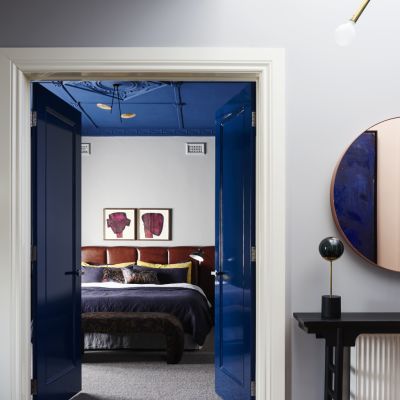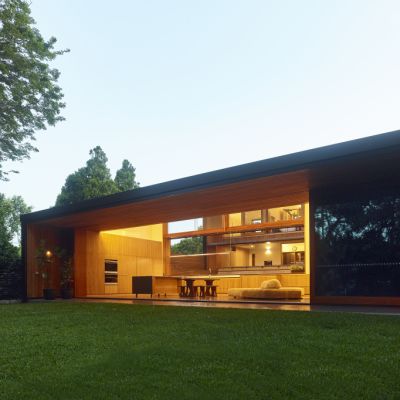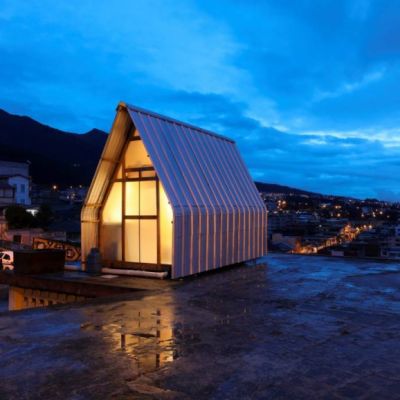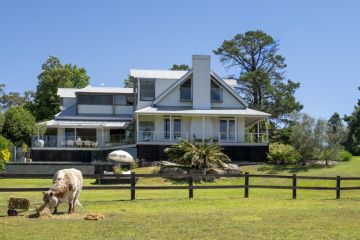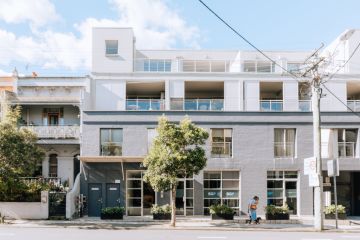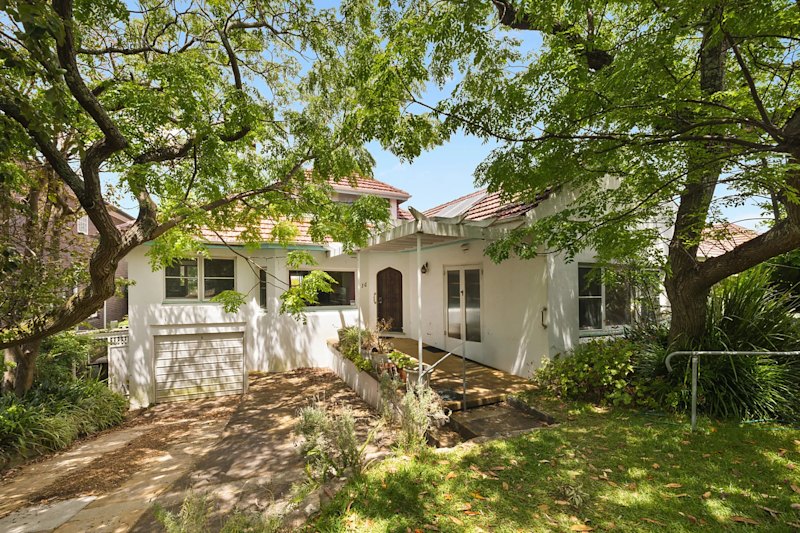Why renovating this former workers' cottage was a challenge
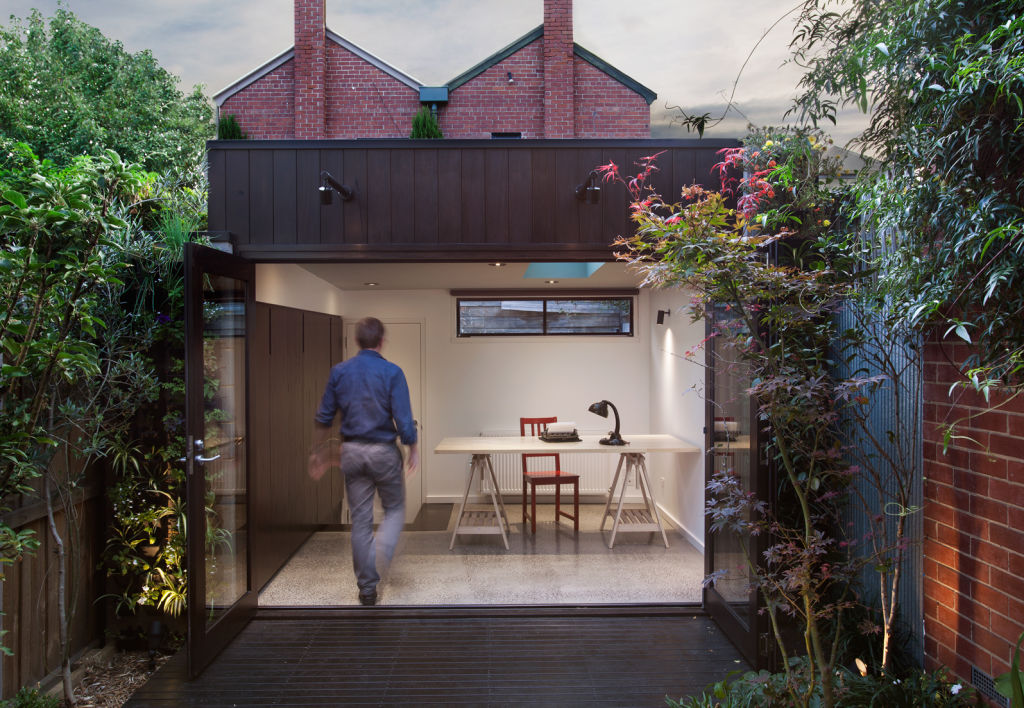
A former workers’ cottage bought by a couple in South Melbourne initially proved a challenge for Kister Architects due to Rescode limitations.
Ilana Kister and her team returned 11 years later to make further extensions and additions for the-now family of four’s home.
In 2001, as a new architect with no prior examples of her work to show to clients, Kister was recommended to the Howe Street owners by an architect friend who could not take on the job. The clients were a young couple planning a family, ultimately having a baby during the construction period.
“It was my first construction project and the clients were so trusting and open to all my ideas,” says Kister. “It is a risk giving a project to an architect with no prior examples of work, but they embraced me and trusted me completely.”
Listen to episode seven of Domain’s podcast Somewhere Else:
Kister Architects was given full creative leadership on the planned extension of the workers’ cottage, which proved to be far from the easiest first project for the budding architect due to planning and boundary conditions that did not match the survey findings, including a shared chimney, neighbour disputes and limited access via a rear laneway.
Kister’s plans had to strictly adhere to the limitations provided by Rescode, a set of residential development standards in clauses 54 and 55 in all planning schemes in Victoria.
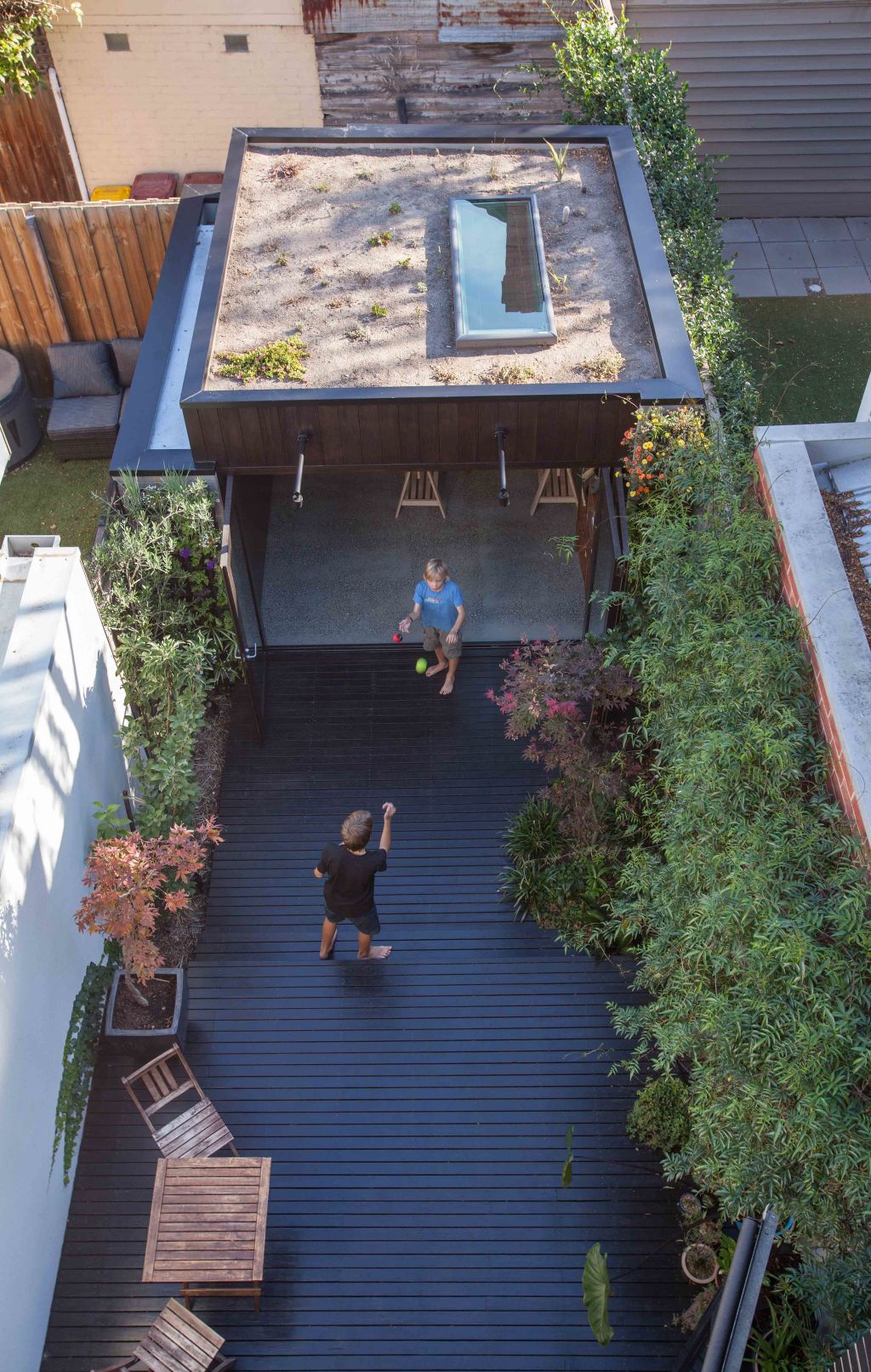
Before building work can commence, consideration must be given to any planning controls that apply to the allotment. Planning controls are laws that set out when a planning permit is required and include restrictions on the use of land, the location and height of structures, site coverage, overlooking, car parking and other similar matters.
The set of four workers’ cottages had resulted in unclear boundaries between each property and their shared partition walls.
The shared chimney was between two neighbours’ fireplaces, so that with their shared partition wall and shared flue the only solution was to demolish the client’s chimney. This ultimately maximised the space available for living.
“We had to ensure the neighbour’s chimney was structurally stable while removing our half. We also had the building inspector for the city council come out to ensure we were acting entirely by the book, which is pretty rare in my experience.”
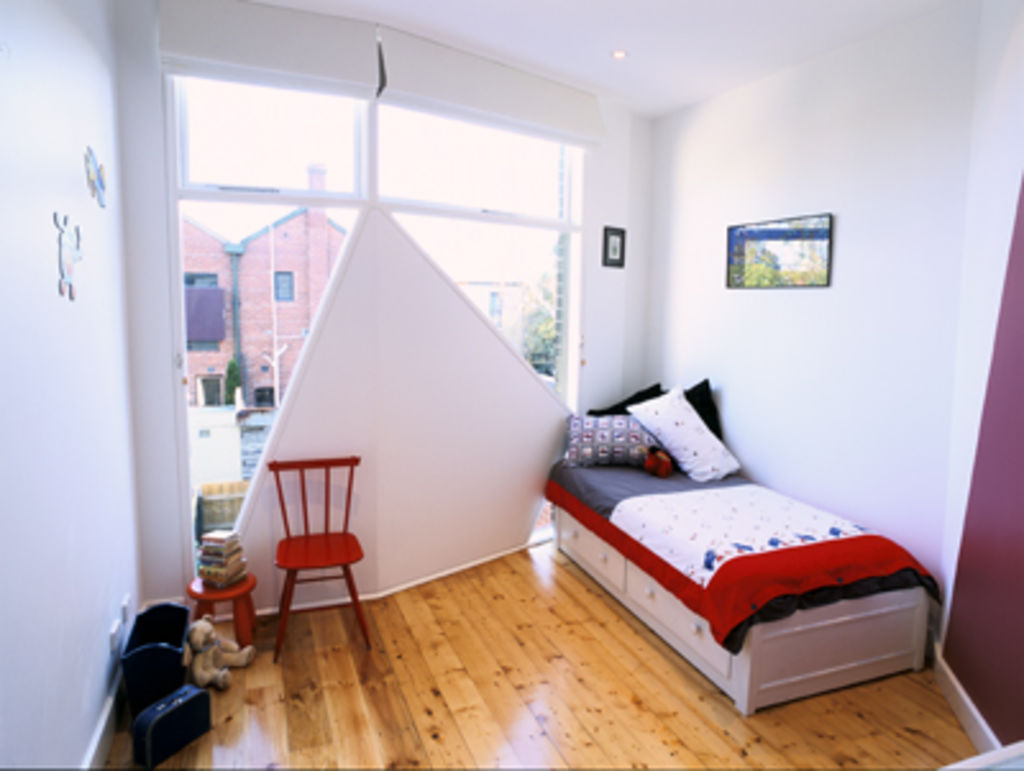
The planned extension added a bedroom, bathroom and a home office. The design took into consideration the heritage overlay on the site and the requirement to conceal all construction behind the original roofline and sight lines from the street.
“This was not an easy prospect as there are sight lines from every angle due to its location on a crescent visible from the intersection,” says Kister.
The Victorian terrace, built in the 1870s, was originally two rooms downstairs and two upstairs, with a kitchen and upstairs bathroom added in the 1950s. Kister retained the living room at the front of the house and the main bedroom upstairs, but redesigned every other aspect. A new kitchen replaced the former dining area and a guest bathroom was added downstairs.
Her focus was on maximising the use of vertical space since the floor space was only 3.6 metres wide. A third level of the house contains a third bedroom accessed by a staircase.
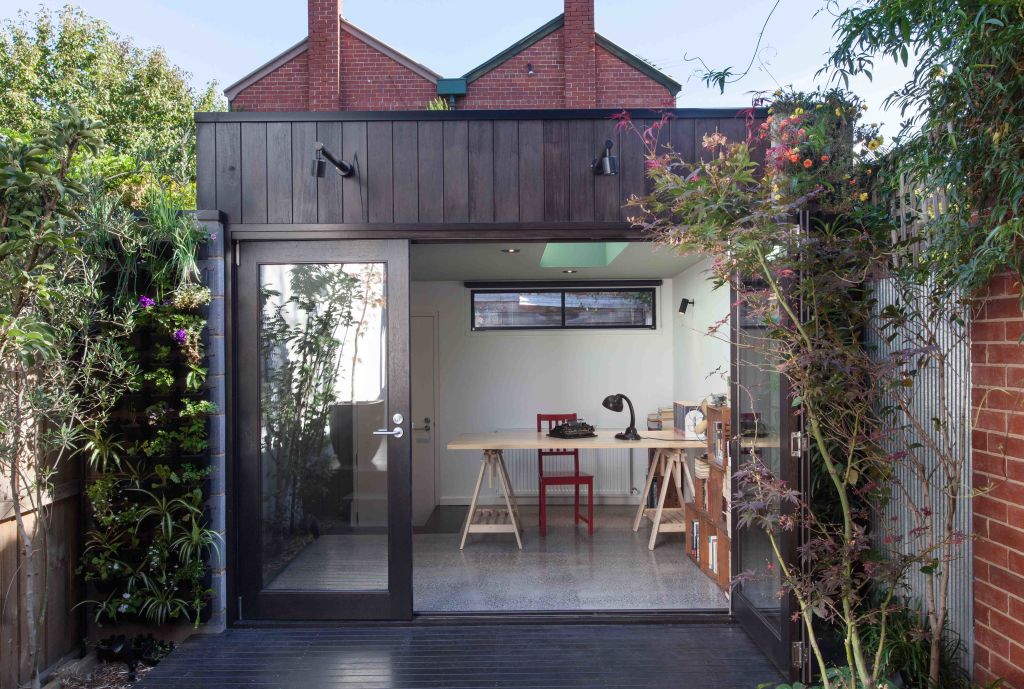
Returning by request 11 years later, Kister’s challenge was to provide additional space for a family of four, with teenagers who needed more flexibility and space to move, entertain and seek solitude.
“They weighed up the options of buying and moving, but they loved their space so much and ultimately decided that a rear studio would be great either as an office or a bedroom for one of the kids instead,” says Kister.
Kister’s initial proposal was a studio that would have taken up most of the outdoor space, destroying the vegetable patch that had been so carefully nurtured over the years. Instead, the addition became an entertainment space that incorporated more greenery to complement the existing vegetable garden.
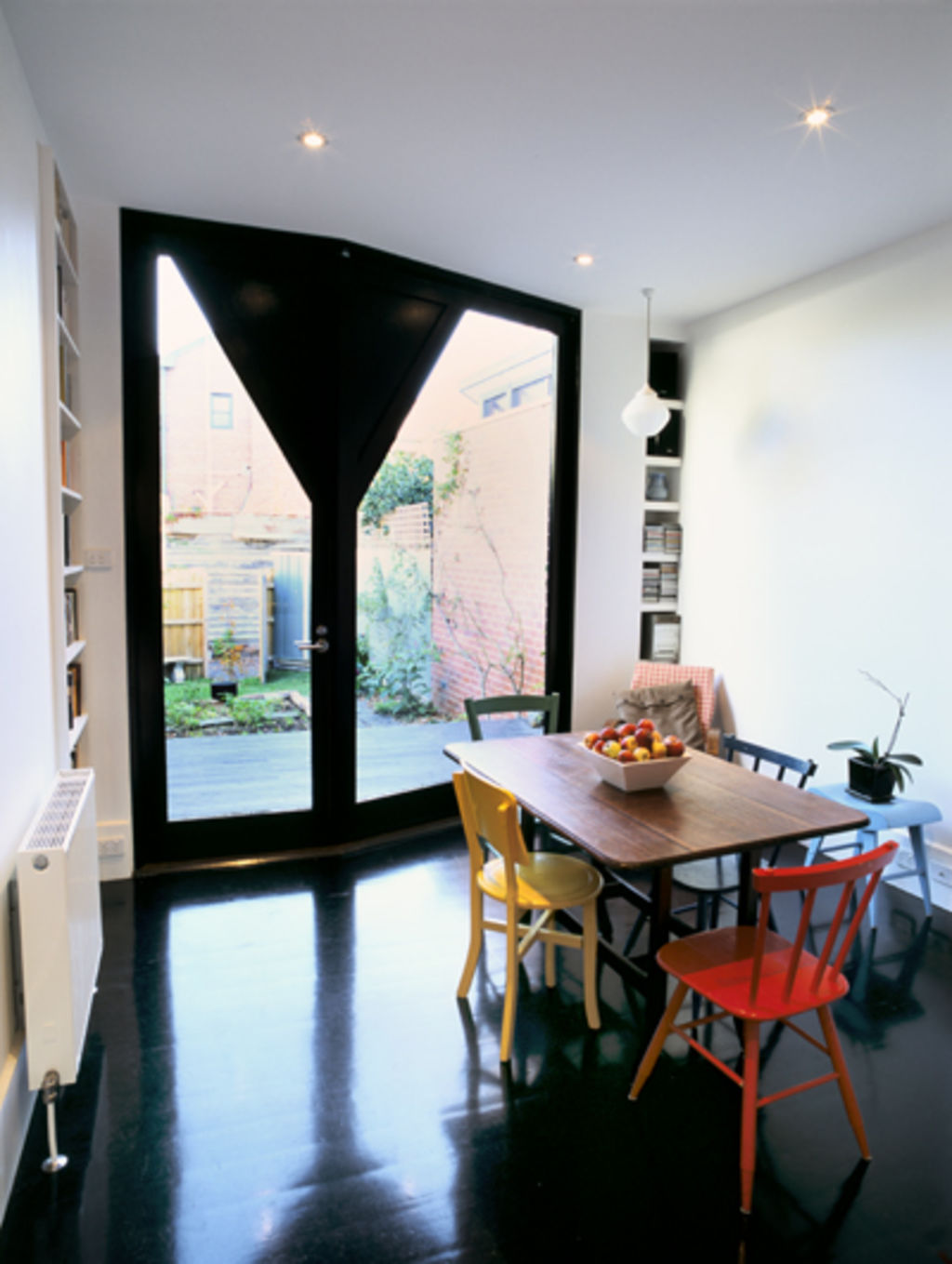
“We planned to extend the deck so the entire rear of house and front of studio could open up and create an entertaining space. We retained planting along both edges of the deck and then created a green wall at the front of the studio and a green roof so that when you looked down from level one and two, you would not see more metal but a lovely soft green space.”
Kister had remained in contact with her clients and, not for the first time, was delighted to return and build on the work she’d done years before.
“I form a close relationship with my clients, and after the first job it often goes so smoothly the second time because of the trust and understanding of each other.”
We recommend
We thought you might like
States
Capital Cities
Capital Cities - Rentals
Popular Areas
Allhomes
More
- © 2025, CoStar Group Inc.
